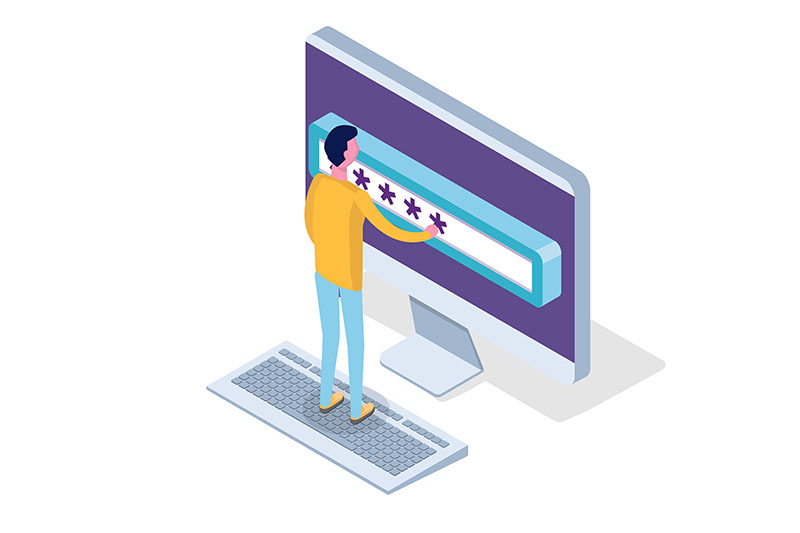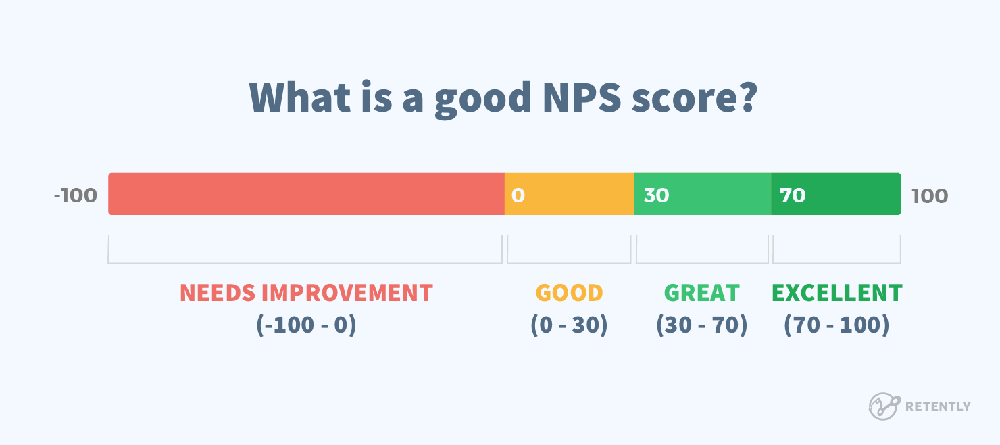4 Ways CX Metrics Can Improve Your Customer Experience
Find out how focusing on improving your CX metrics will help distinguish your brand or product from competitors.

There’s only one boss. The customer.
This quote by Sam Walton perfectly describes how crucial customer experience has become when it comes to the success of your business.
Customer experience is expected to overcome product and pricing as the key brand differentiator in 2020, which is why you should focus on improving it if you want to distinguish yourself from your competitors and be your customers’ first choice.
However, you can achieve this only if you raise the bar and deliver a top-notch customer experience. Monitoring and optimizing your CX metrics are a surefire way of controlling this crucial aspect of your entire business strategy.
Let’s discuss some of the most important customer experience metrics as well as how to put them to good use.
1. Net Promoter Score (NPS)
This metric shows how likely your existing customers are to recommend your brand to their friends and family.
You can calculate NPS relatively quickly and accurately by running a survey and asking your customers a simple question “How likely is it that you would recommend Brand A/Product B/Service C to a friend or colleague on a scale from 0 to 10?”
Their answers are then categorized into 3 groups:
0 to 6 are detractors, which means that the chances of them recommending your brand to others are slim. It’s easy to conclude that they’re not your biggest fans, but besides that, they can also actively discourage others from purchasing your products.
7 and 8 are passives, that is, those who are generally happy with your brand, but not to the extent that they favor you over your competitors.
9 and 10 are promoters who are loyal to your brand and will convince others to try your products or services.
In order to calculate your NPS, you should subtract the percentage of detractors from the percentage of promoters. This result will give you a pretty good idea regarding how loyal your customers are.
If your NPS leaves much to be desired, you should work to improve it. Here are a couple of strategies to help you with it:
Make sure to respond quickly to your customers’ questions, queries, and complaints across all channels. This will show them that you care, and subsequently improve your customer experience. As hiring additional support agents is costly, you can implement virtual AI assistants and still offer 24/7 customer service at a fraction of the price.
Analyze detractors’ feedback and identify common themes in it. This is how you’ll gain valuable insight into what bothers your customers. If a number of your customers complain about the same issue, it’s worth fixing it.
Use what your promoters say in their feedback in your marketing efforts. As most consumers don’t trust advertising, you have to find a way to promote your brand in a more genuine way, and what your existing customers say can be excellent social proof.
2. Customer Satisfaction Score (CSAT)
As its name suggests, this metric measures how satisfied your customers are with your brand, products or services.
To establish this, you should ask them something along the lines of “How would you rate your overall satisfaction with our brand/product/service?” This survey should be conducted right after they make a purchase or interact with your business.
Your customers can rate their experience using a scale from 1 to 5. This metric is pretty straightforward and easy to understand, meaning that you’ll be able to understand what your customers think about your brand.
If your customer satisfaction score is low, you should start working on it immediately because it can hurt your brand in the long run.
As there are different reasons why your customers might give you poor ratings, it’s best to ask them directly what exactly they dislike. Also, don’t forget to read online reviews and focus on the bad things people say about you.

As a matter of fact, though negative feedback and reviews can seem like a bite of the reality sandwich, they will save your business from failing if you listen carefully and take action and fix your flaws. However, given that only 1 in 26 unhappy customers complain while the rest simply churn, you need to be proactive and ask them first.
3. Churn Rate
Churn rate shows you how many customers decided to stop doing business with you or cancel their subscription during a given period of time.
Use the following formula to calculate your churn rate: divide the number of customers you lost over a certain time frame and divide it by the number of customers you acquired during the same period, and multiply the result by 100%.
It’s essential to do this analysis regularly, as this will allow you to reduce your churn rate.
Again, this metric only indicates whether your customers are unhappy or not, but it doesn’t tell you why they’re walking out the door.
Again, asking for regular customer feedback is essential for understanding what went wrong.
Here are a few tactics for reducing your churn rate and boosting your retention rate:
Implement a customer onboarding process. Using a new product or service can be overwhelming, as your customers don’t know much about its features and functionalities. That’s why you should help them learn the ropes and make the most of your product or service. Having a well-thought-out new customer onboarding process in place will reduce your churn rate by offering your customers guidance.
Offer incentives. Delight your customers by offering them discounts, loyalty programs, or freebies. Leveraging the reciprocity principle will make your customers more likely to stick around because they will feel compelled to return the favor.
Focus on your best customers. Instead of wasting your resources on any customer, it’s best to try to impress your most profitable and loyal customers. If you notice that they’re on the cusp of churning, make sure to give them a reason to stay.
4. Customer Support Ticket Trends
Tapping into customer support ticket analytics is another way to feel the pulse of your customers and understand what bugs them the most about your product, service or overall experience with your brand.
It’s important to identify recurring issues and see what you can do to fix them.

If you notice that your customers frequently call support because they’re not sure how to use your solution, it’s best to create explainer videos or clearer instructions. This way, you will not only improve customer experience but also free up your agents’ time and allow them to focus on more complex queries.
Another thing that you can keep an eye on is whether your average response and handling time is satisfactory to your customers. If it takes too long for your support reps to respond or solve issues, your customer experience will suffer.
If we bear in mind that 73% of customers remain loyal to a brand because of friendly and committed service reps, it’s clear that this metric can be crucial for reducing your churn rate.
By keeping an eye on these four metrics, you can implement different tactics and improve your customer experience. Don’t neglect them as they will help you keep your customers happy and prevent them from churning.
About the Author
Jennifer Wilson is a writer at Qeedle.com. She knows business processes and operations management inside out. As she understands all the challenges of running a small business firsthand, it’s her mission to tackle the topics that are most relevant to entrepreneurs and offer viable solutions.
Really Simple Systems is now Spotler CRM
The same great technology, a CRM platform that is focused on the needs of B2B marketers, provided by the same great team, at a great price!
